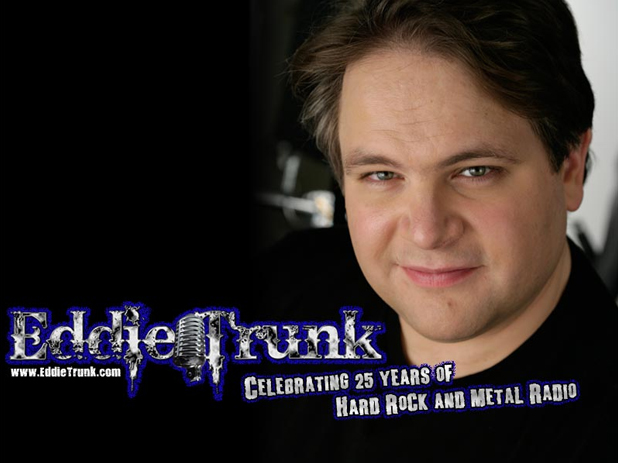Pohjonen started his career at a very early
age: at 8 he was already playing folk music. After classical and folk music
studies at the Sibelius
Academy, he spent time in
Tanzania
and Argentina,
studying with local musicians. His musical history now spans over twenty years
and in genres as diverse as avant-garde, folk, improvisation, classical, and
dance music. Furthermore, he has collaborated with the likes of the Kronos
Quartet. He is currently touring Finland – and in March the States –
as a member of KTU: a group also comprising of Trey Gunn and Pat Mastelotto. As
almost any review of his performances states: Pohjonen is far from your typical
idea of an accordion player; from the most obvious of the details, his hair – a
sort of reinterpretation of the Mohawk – to his way of being on stage and
playing his instrument. He’s been named several times ‘musician of the year’ in
Finland
and won several awards: the Finnish Jussi award for best film score (for the
movie Jade Warrior) being the last.
Let’s start our talk with this Jussi award. Composing music for
movies – was it your first time with Jade Warrior?
Actually, I did have previous experience, but it was something
different: the score for a Russian movie called Majak (The Lighthouse). In the case of Jade
Warrior, when the director called in November 2005 and asked me if I was
interested in composing the score I was not so sure – at the beginning. Then, at home, I sort of
realized that a tune was already there. And in the end, it became the main
musical theme of the movie.
Already there? Meaning you didn’t have any ‘visual prompts’ – any
image or cut from the movie when composing the score – only the director’s
words?
Yeah. In that sense I can say that composing Jade Warrior’s score was not so different for me from my other
composing experiences. I don’t rely so much on images when I compose. And
anyway I was working with Samuli Kosminen…
{mosimage}Samuli Kosminen is one of the members of the KTU project: you’ve had
a number of different collaborators – all of them quite surprising and
interesting – how do you choose the musicians you’d like to work with?
Well, with Samuli, I just asked him. He’s a sort of a kindred soul:
he’s as experimentally inclined as I am. So it was quite natural to consider a
collaboration with him. In the case of the Kronos Quartet, I should say it was
not me who approached them… but rather, they approached my manager, Phillip
Page. You know, Phillip is definitely more than a manager and he’s been
instrumental in quite a lot of my collaborations with other artists: one of my
first projects was with Arto Järvelä, together we are the Pinnin Pojat; and one
of the main features of our collaboration is the freedom to improvise. The last
time we performed together, we rehearsed for a really short time and then just
went on stage: curious to see, and listen to, what would happen. And for
instance, the level of improvisation is 100% with Eric Echampard, the French
percussionist.
I understand that improvisation
is a keyword for you, but I’m just wondering how did it work with the Tapiola
Sinfonietta: you collaborated with them on your Kalmuk project some years ago.
I made it clear from the very beginning what I had in mind, so that
all those who were not at ease with the idea of playing without the score in
front of them or, say, having to run in circles while playing could quit before
the real thing got started. I wanted the musicians to play without the score so
that they could be more free to listen to each other: to move with the music…
of course at the beginning it was not easy: not even for those who had decided
to stay.
Freedom is another keyword for
you
My main concern is to explore – explore the sounds my instrument can
utter, with the support of sound machines, voice, etc. When I’m on stage, I
improvise and I usually go on playing without breaks – without pauses for the
clapping of hands. I definitely value the reaction of the audience, but on the
other hand I have this feeling that I need to keep myself free from an excess
of feedback: I’m on the stage to create something, an atmosphere, and I don’t
think I should be too much influenced by the reaction of the audience.
How have places influenced you?
You have spent time studying abroad…
I was in Tanzania for a
few months and in Argentina.
I guess that’s when I perceived my being a Finn. You know, my favourite time
for composing is winter: with the deep darkness, the snow. I come here to my
studio in the morning and it’s dark: I get out in the evening and it’s dark.
Then comes the spring and I just start feeling like doing something else:
spending time outside. Winter is my creative season.
One last question: in Italy there’s a
small town called Castelfidardo, which is known as the world capital of the
accordion industry. I was wondering if one of your accordions comes from there…
It might be. But by now I’ve made so many changes and modifications
that it hardly has any original part left. And look, the bellows are breaking
again.

